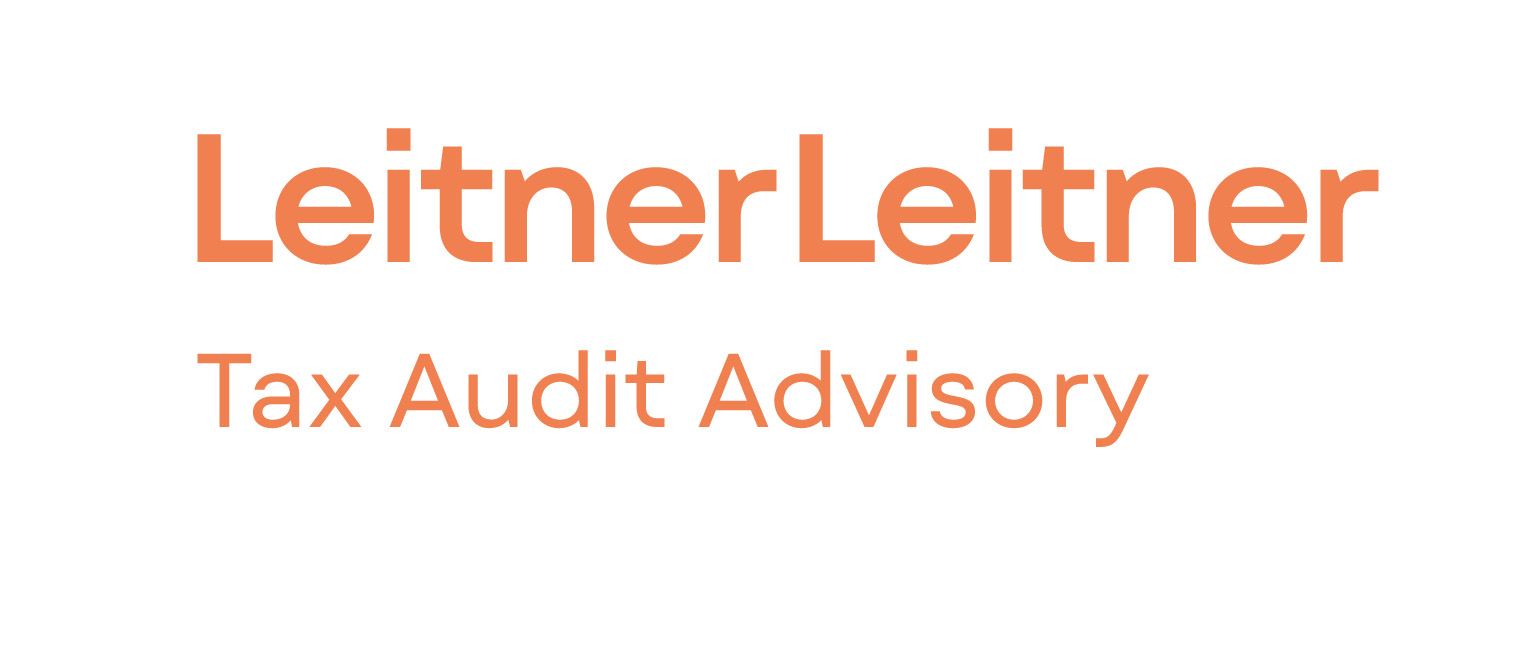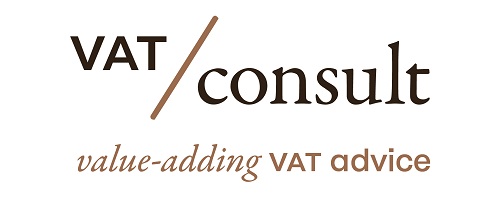Summary
- Background: X-GmbH, a German company trading in jewellery and watches, applied the VAT margin scheme under Paragraph 25a of the German Turnover Tax Law (UStG) for its 2013–2014 returns. The Tax Office later rejected this, arguing the scheme was wrongly applied to new watches.
- ⚖️ Legal Dispute: The Tax Office claimed the suppliers had incorrectly indicated margin scheme application on invoices, and that X-GmbH could not rely on good faith during the tax assessment procedure. Instead, it was referred to a separate equitable procedure under Paragraphs 163 and 227 of the German Tax Code (AO).
- EU Law Question: The referring court asked whether Article 314 of Council Directive 2006/112/EC precludes a national practice that only considers a dealer’s good faith outside the tax assessment procedure, in a separate equitable process.
- Key Precedent: The Litdana judgment (C-624/15) held that a taxable person may rely on legitimate expectations to apply the margin scheme if they acted in good faith—even if the objective conditions weren’t met—raising doubts about Germany’s procedural split.
- Implications: The referring court expressed concern that separating the assessment and equity procedures complicates legal protection, increases costs, delays justice, and may violate the EU principle of effectiveness
Article in the EU VAT Directive
Article 314 in the EU VAT Directive 2006/112/EC
Article 314
The margin scheme shall apply to the supply by a taxable dealer of second-hand goods, works of art, collectors’ items or antiques where those goods have been supplied to him within the Community by one of the following persons:
(a) a non-taxable person;
(b) another taxable person, in so far as the supply of goods by that other taxable person is exempt pursuant to Article 136;
(c) another taxable person, in so far as the supply of goods by that other taxable person is covered by the exemption for small enterprises provided for in Article 284 and involves capital goods;
(d) another taxable dealer, in so far as VAT has been applied to the supply of goods by that other taxable dealer in accordance with this margin scheme.
Facts & background
- Company Involved: X-GmbH is a German business that sells jewellery and watches. For the years 2013 and 2014, it applied the VAT margin scheme under Paragraph 25a of the German Turnover Tax Law (UStG), which is meant for second-hand goods, works of art, and collectors’ items.
- Nature of Goods: The company purchased watches from suppliers who indicated on their invoices that the margin scheme applied. X-GmbH then resold these watches and calculated VAT using the margin scheme, which taxes only the profit margin—not the full sale price.
- Tax Authority’s Position: The German Tax Office later rejected this approach, arguing that the watches were not second-hand goods and that the suppliers had wrongly applied the margin scheme. As a result, X-GmbH was told to pay VAT on the full sale price.
- ⚖️ Procedural Dispute: X-GmbH claimed it had acted in good faith, relying on the suppliers’ invoices. However, German law only allows good faith to be considered in a separate equitable procedure (under Paragraphs 163 and 227 AO), not during the main tax assessment.
- EU Law Conflict: The referring German court questioned whether this separation of procedures violates EU law, specifically Article 314 of Directive 2006/112/EC, which governs the margin scheme. The concern was that this national practice might undermine the principle of effectiveness and the protection of legitimate expectations.
Questions
Having regard to the principle of effectiveness, does Article 314 of Council Directive 2006/112/EC of 28 November 2006 on the common system of value added tax preclude a national practice which takes into account only outside the tax assessment procedure, in the context of a separate equitable procedure, the dealer’s good faith in the satisfaction of the requirements for the right to apply the margin scheme on the part of its supplier, where the supplier has indicated on its invoice that it has applied the margin scheme to the supply made to the dealer?
ECJ Cases referred to
Source
- Join the Linkedin Group on ECJ/CJEU/General Court VAT Cases, click HERE
- VATupdate.com – Your FREE source of information on ECJ VAT Cases
- Podcasts & briefing documents: VAT concepts explained through ECJ/CJEU cases on Spotify
Latest Posts in "European Union"
- The EU Commission proposes new collaborative measures in view of ViDA
- How did the EU Member States implemented ”Domestic Reverse-Charge” (Art. 194 of the Directive 2006/112)?
- ECJ/General Court VAT Cases – Pending cases
- ECJ VAT Cases decided in 2025
- Comments on GC T-657/24: VAT exemption for credit intermediation applies when the intermediary searches for and recruits customers














